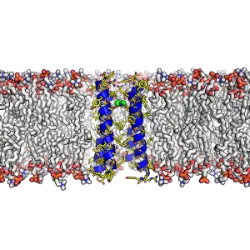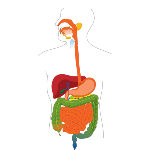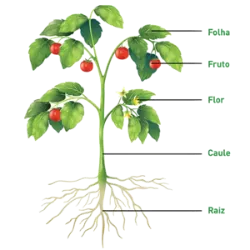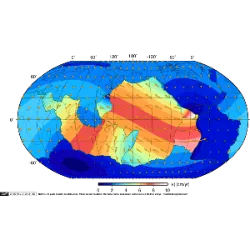Transport Mechanisms

Biological membranes are not only protective barriers, but also facilitate the transport of essential substances into cells. Transport across these membranes can be divided into two main types: active and passive, both of which are fundamental to cellular homeostasis.
Passive transport occurs without energy expenditure and depends on the natural movement of molecules. Diffusion is the movement of particles from a region of high concentration to a region of low concentration until equilibrium is reached. Osmosis is a specific type of diffusion, in which water moves through the semipermeable membrane, from the medium with a lower concentration of solutes to the medium with a higher concentration, seeking to balance the concentrations.
On the other hand, active transport requires energy, usually in the form of ATP. In this process, substances are moved against the concentration gradient, that is, from the region of lower to the region of higher concentration. This mechanism is crucial for functions such as the sodium-potassium pump, which maintains ionic balance and membrane potential.
These transport processes are essential for cellular function, regulating the entry and exit of nutrients, ions and waste products, and allowing the cell to respond efficiently to changes in the external environment.
Did you know??














